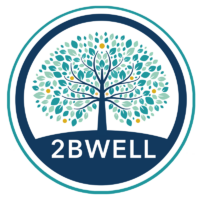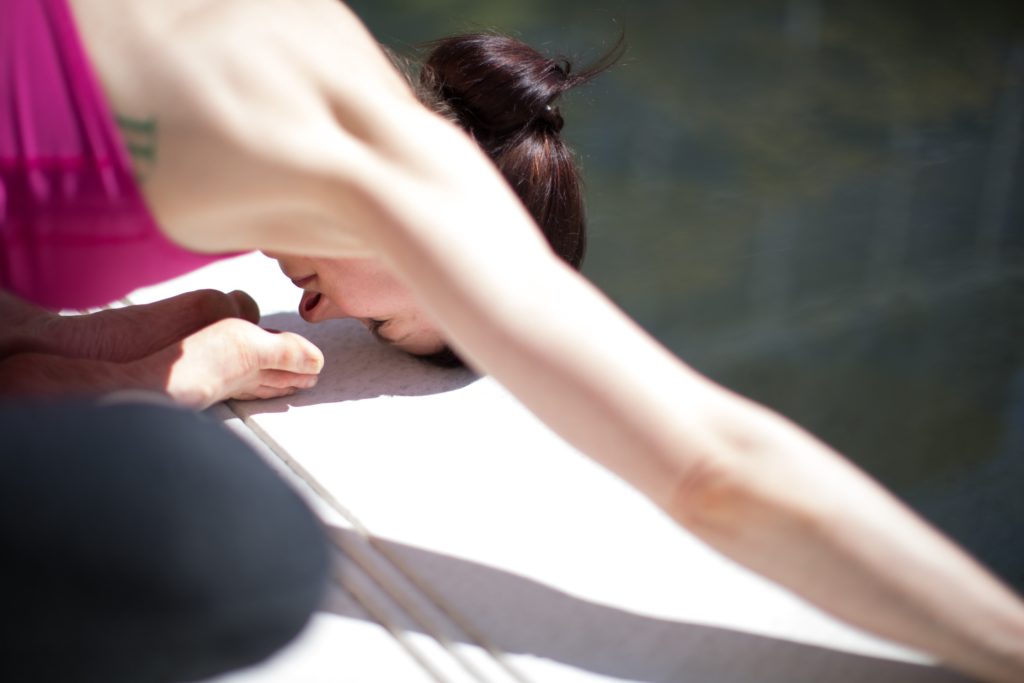Discover seven techniques to implement into your life to become more mindful.
By now you have most likely heard, at least vaguely, about the habit that so many in our “to-do-list” focused culture are working hard to develop: Mindfulness. The emergence of advice about mindfulness practice has been extensive and rapid. We can now sign up for meditation classes and mindfulness training programs, repair and rejuvenate at mindfulness retreats, even wait in airport lounges designated for the practice.
This expanding awareness of what it means to be mindful is a something that can benefit all. Consider just a few of the benefits that research suggests through regular mindfulness practice: improved sleep quality, better digestion, fewer headaches, and stronger relationships. In other words, mindfulness can have a considerable impact on our individual lives, and as it spreads, on our society at large. Let us all take a mindful moment to consider how we can more fully incorporate this practice into our lives by following these tips:
Meditation is one form of Mindfulness but there is so much more. While it is true that meditation is a form of mindfulness, it is only one option on the mindfulness menu. Mindfulness means, simply put, the active state of being fully conscious and aware. One common mindfulness exercise involves letting yourself become fully conscious and aware of your own breath, which is a great way to focus you right into the current moment. You can also focus your mindfulness practice on cultivating an open, present state of mind during interactions with other people at home, at work and at play.
Get into alpha-wave music. Google “alpha-wave music” and give it a listen. This is music meant to simulate your brain’s – yes, you guessed it – alpha waves, which are associated with states of relaxation and focus. I recommend listening to alpha-wave music for 10 minutes before bed, which can help reduce depression, improve creativity and enable a deeper more restful sleep.
Think about how to implement mindfulness during your daily routines. The beauty of mindfulness is that you can bring it to whatever activity you are engaged in, whatever mood you are feeling, whether alone or with others in a social circumstance Mindfulness is not just for the quiet, controlled, pleasant moments you spend by yourself. The practice will really start to make a difference in your life when you let it into your agitated moments, those eye rolling hair curling moments of stress that may be uncomfortable or awkward moments during the daily grind. A good place to start: when you are walking outside, focus on your surroundings. What can you see, hear, smell and feel? When you are taking a shower, let yourself fully feel the water running on your skin, the steam warming your lungs.
Eat mindfully. Listen to what your body is saying to you. Mindful eating is about eating the amount your need not over filling, eat foods that are nutritionally healthy; and consider where your food comes from as you eat it. Try to imagine the people involved in the various steps that it took to bring this food to your plate. This mindful eating practice can have both mental and physical benefits.
Sleep mindfully. Make sure you get enough sleep, and prioritize getting good-quality sleep. There are smartphone apps out there that can help offer insight into your sleep quality. If you change your practices and lengthen your night of sleep, you can notice a major bearing on the rest of your day.
Keep it short. This is not a practice of many hours. The mind works best in short bursts – and you can apply this to your mindfulness techniques!
Learn to meditate. I know I said earlier that mindfulness does not necessarily equate meditation, and that is still true. Of course, it is also the case that learning deep meditation techniques can help you practice mindfulness more easily, and train your brain to be more efficient. And who doesn’t want to pursue the possibility of a more efficient, rested, steady, and responsive mind?

